Chok
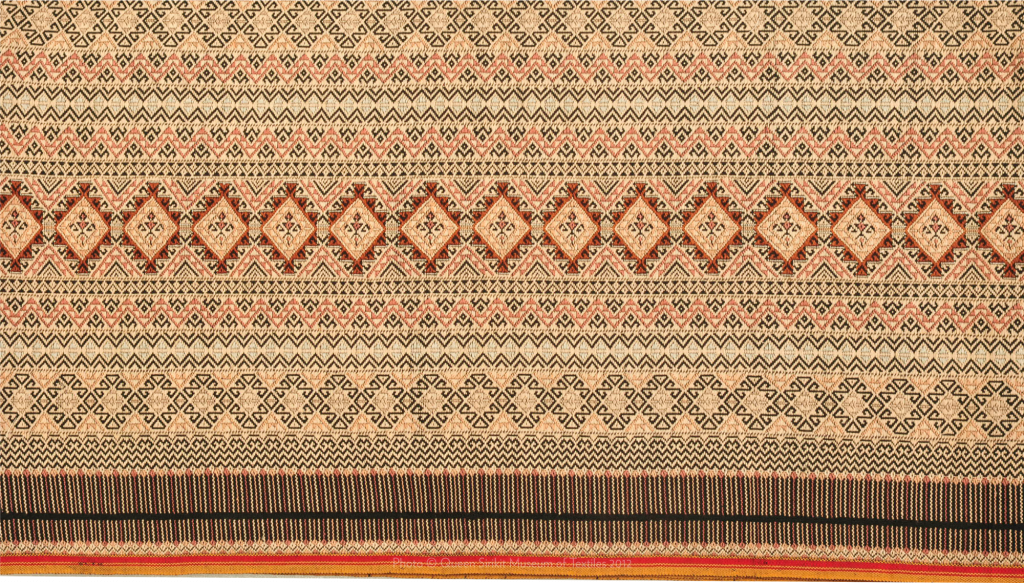
[photo cr. Queen Sirikit Museum of Textiles]
Chok (จก) is a densely figured fabric in which the foundation warp and weft are supplemented with an additional, patterning weft. It is the textile heritage of the Thai Yuan (also known as Northern Thai) community, originally from Chiang Saen, who now resides in seven provinces – Chiang Mai, Nan, Lampang, Uttaradit, and Phrae in the North; and Ratchaburi and Saraburi in Central Thailand. Originally used as the narrow, colorful hem border on women’s traditional wrap skirts – pha sin (ผ้าซิ่น) -, chok may be woven of cotton or silk, and is sometimes augmented with metal threads. Among the Thai Yuan, the fabric functioned as an indicator of status; the more silk, gold, or silver thread it contained, the higher the owner’s social and economic position. The patterns found in chok cover a wide range of designs, from stylized flowers, birds, and animals to a variety of geometric motifs such as hooks, squares, diamonds, and zigzags.
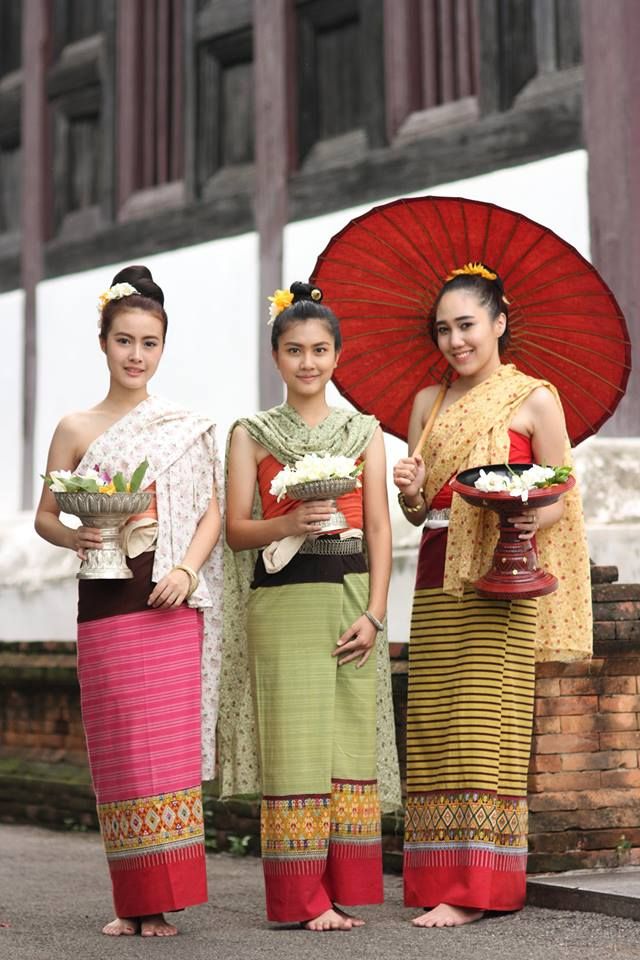
Traditional Northern Thai dress with chok skirt [photo cr. Lankum design]
Chok is woven face-side down on the loom. To create its intricate motifs, the weaver raises the warps with a pointed instrument, such as a porcupine quill, to create a space to insert the colored pattern wefts. The painstaking process makes weaving chok extremely time-consuming.
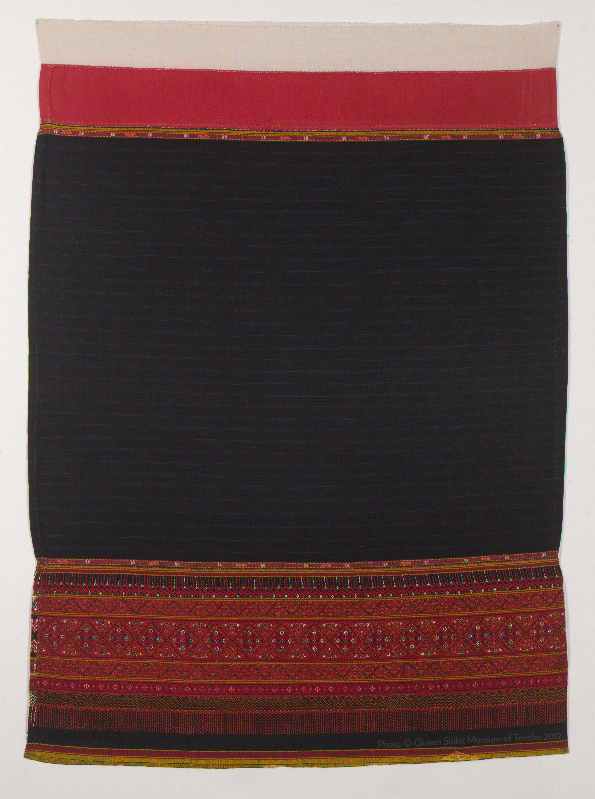
[photo cr. Queen Sirikit Museum of Textiles]
Revitalization and Preservation
By the 1970’s, there were few chok weavers left. However, in 1977, Her Royal Highness Princess Maha Chakri Sirindhorn chanced to meet Mrs. Son Kamlanghan (1903-1993), a native of Ratchaburi province and a master weaver of chok in the style of Khu Bua, her hometown. The craft was then on the verge of extinction due to lack of young weavers to carry on the tradition. At the suggestion of Her Royal Highness, Her Majesty Queen Sirikit the Queen Mother (then Queen Consort) invited Mrs. Son to work as a trainer at the SUPPORT workshop at Klai Kangwol Palace in Western Thailand. The SUPPORT Foundation was founded by Her Majesty to preserve and promulgate traditional crafts as well as provide needed assistance to craft-producing communities across Thailand.
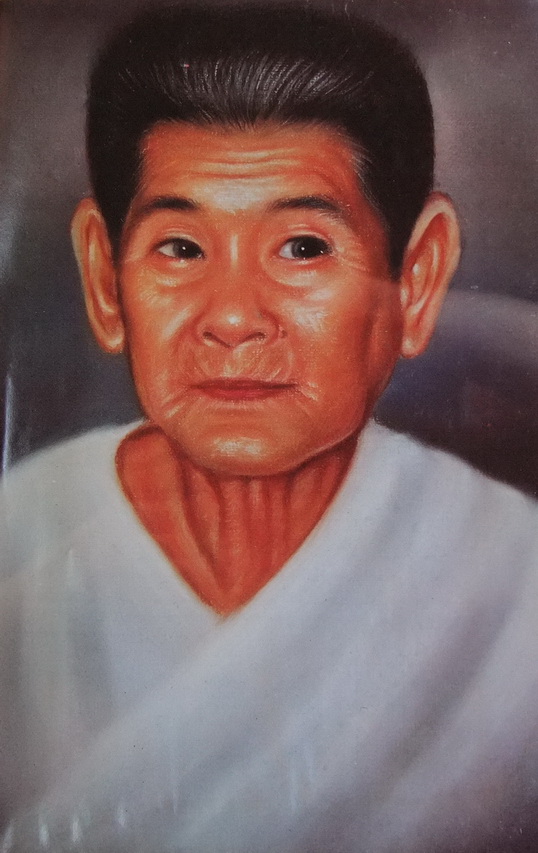 Mrs. Son Kamlanghan [photo cr. Ratchaburi Knowledge Management]
Mrs. Son Kamlanghan [photo cr. Ratchaburi Knowledge Management]
Mrs. Son’s lessons created a new generation of weavers who preserved and built upon the craft of their ancestors. After Mrs. Son’s death, her daughter, Ms. Thongyu Kamlanghan took over the task of preserving the now-flourishing art of the Northern Thai style of chok weaving. Today, chok fabric is produced in many Thai Yuan communities. Famous centers of production include Mae Chaem district, Chiang Mai province; Laplae district, Uttaradit province; Ratchaburi province; and Sukhothai province, among others.
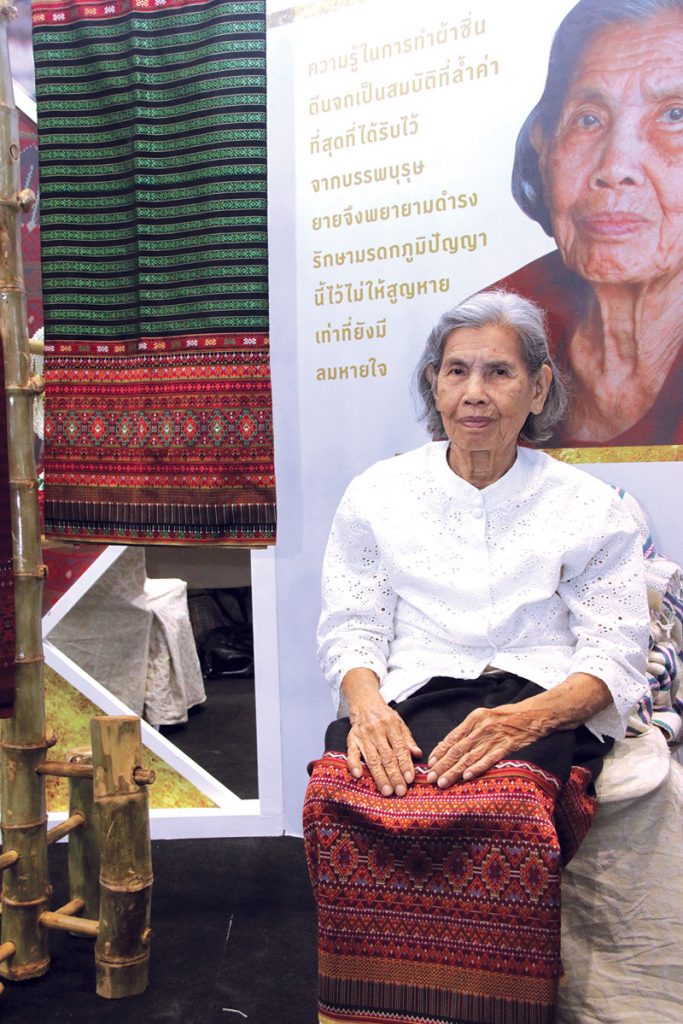
Ms. Thongyu Kamlanghan [photo cr. Naewna]
Gallery
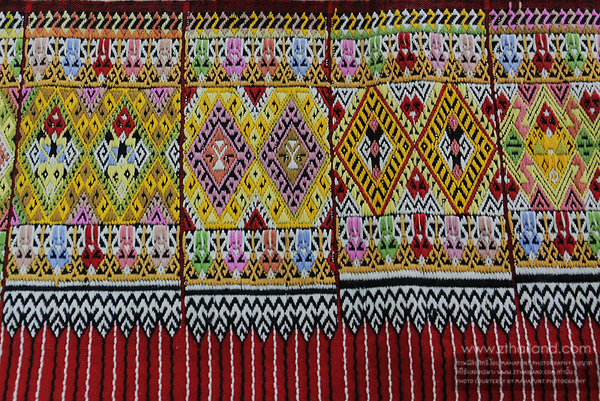
Textile from Mae Chaem [photo cr. zthailand.com]
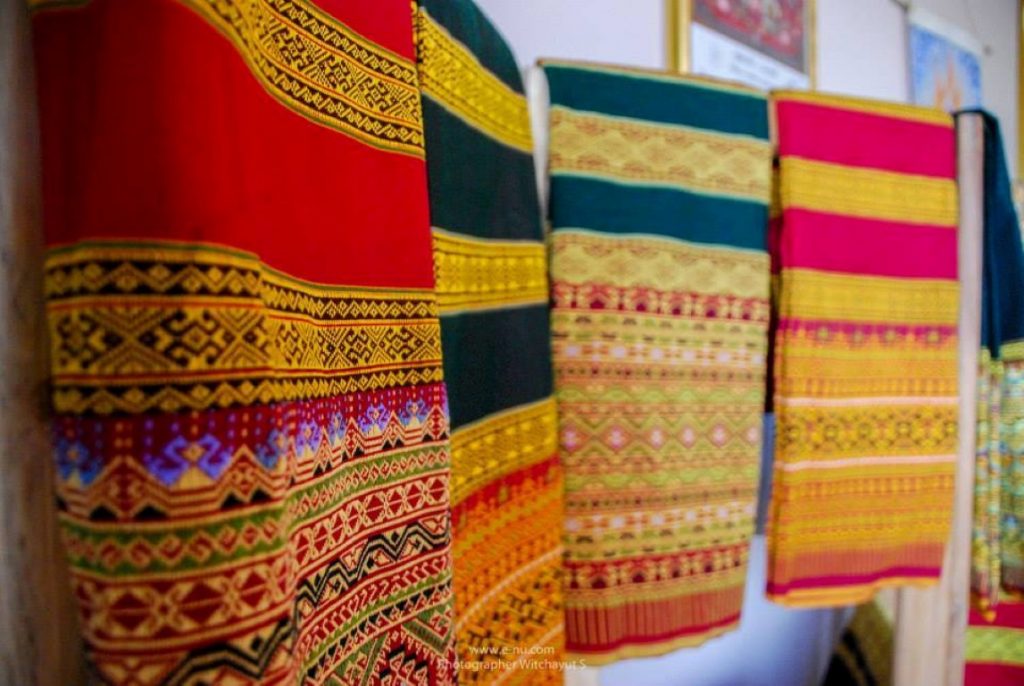
Textiles from Laplae [photo cr. icemedia.info]
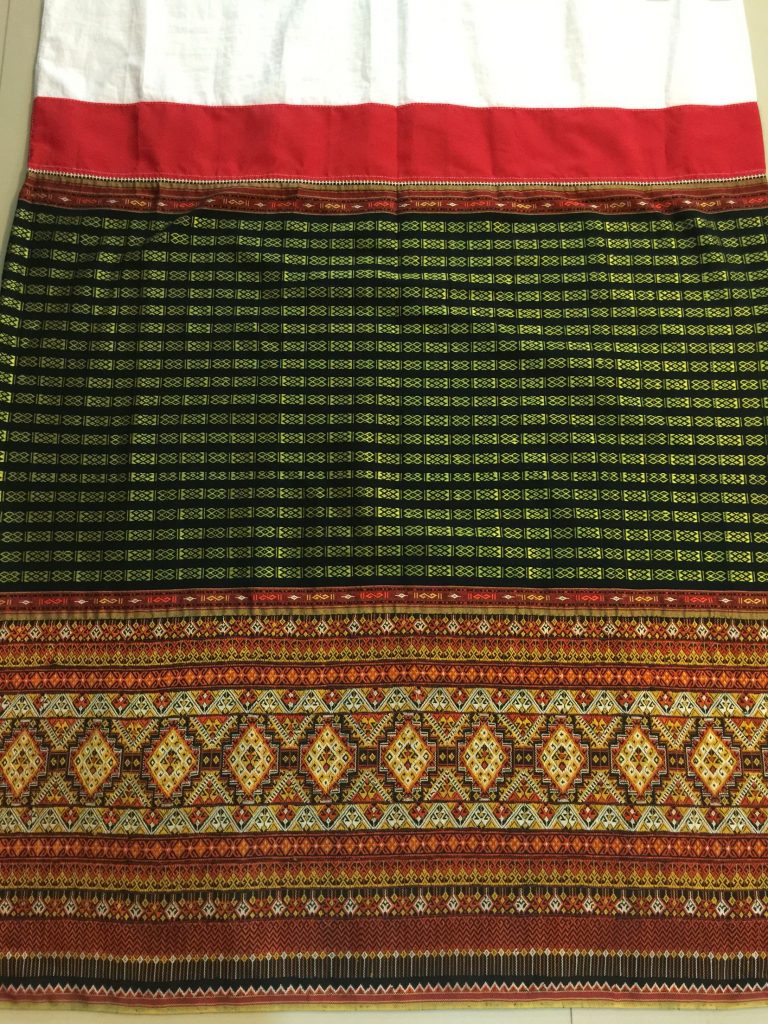
Textile from Ratchaburi [photo cr. Viri Chaiwat]
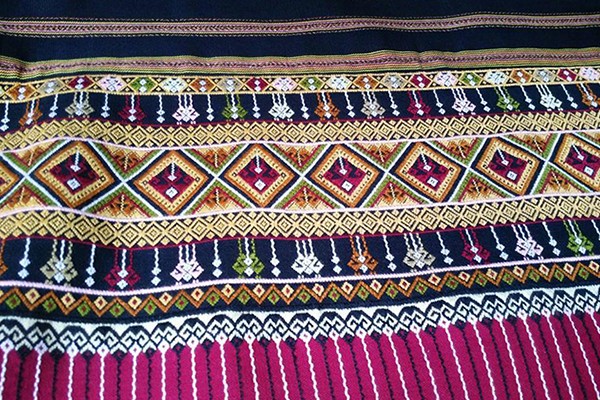
Textile from Sukhothai [photo cr. phumpor]
*This article was created with special help from the Queen Sirikit Museum of Textiles
Reference:
For the Love of Her People Her Majesty Queen Sirikit Creates the SUPPORT Foundation by the Queen Sirikit Museum of Textiles


